(474 products available)
















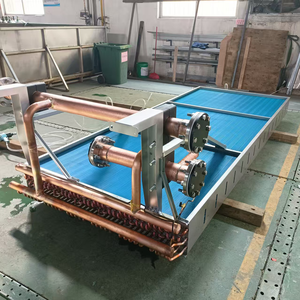








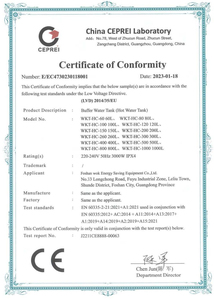











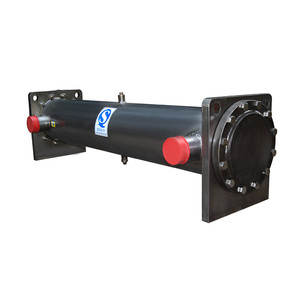

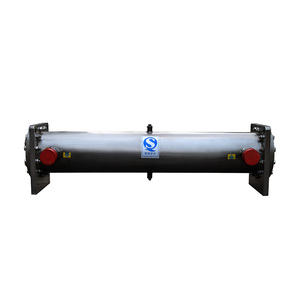

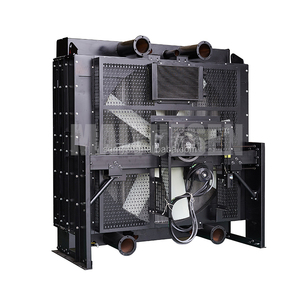



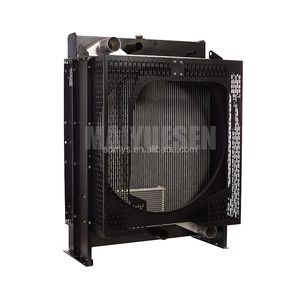


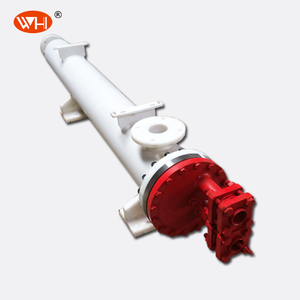

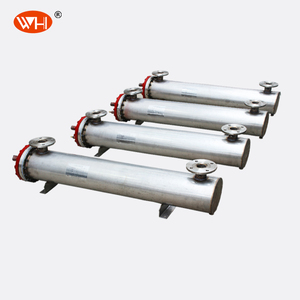







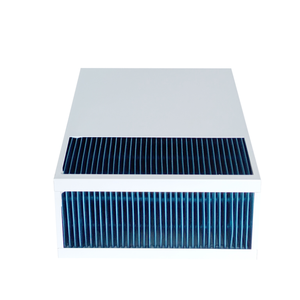
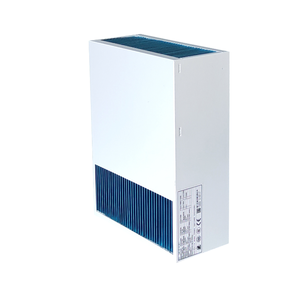

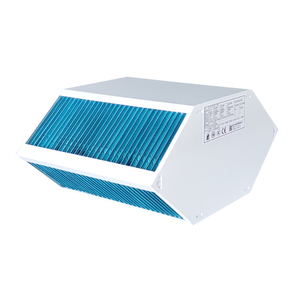

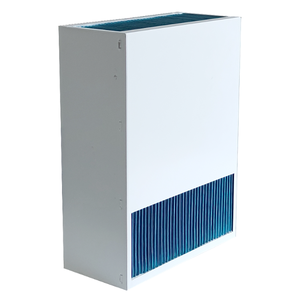


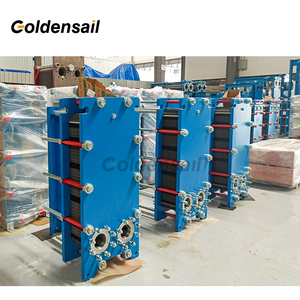

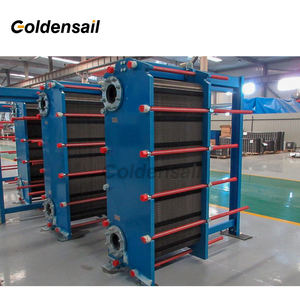








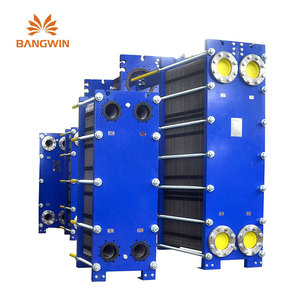







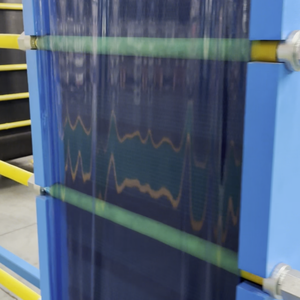

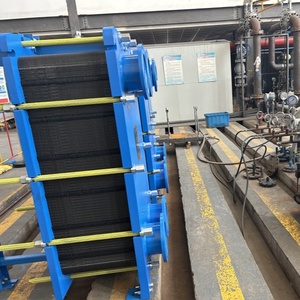


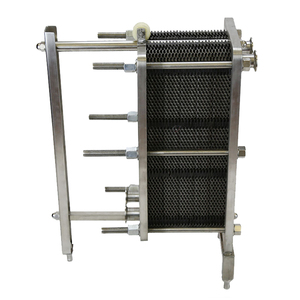


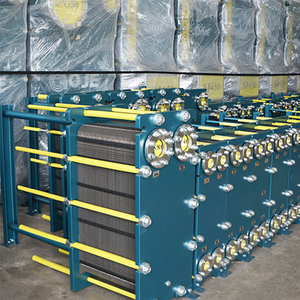

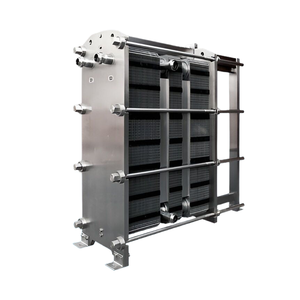


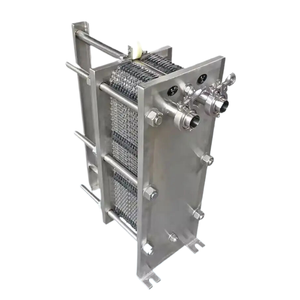
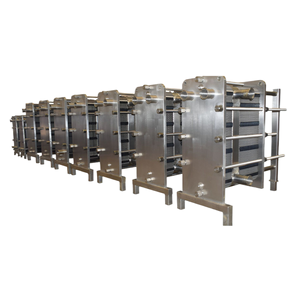


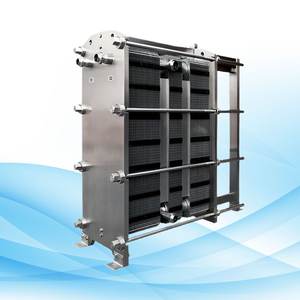



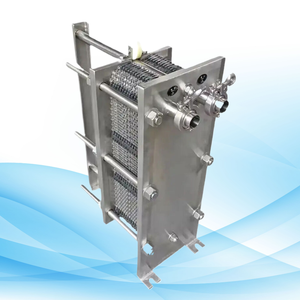




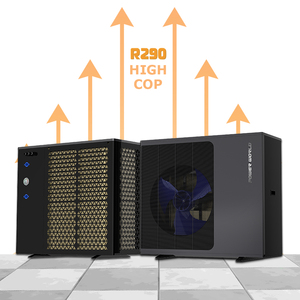


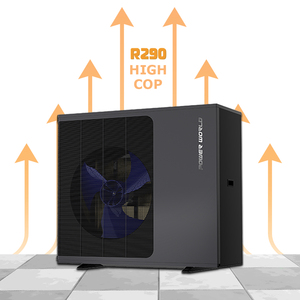










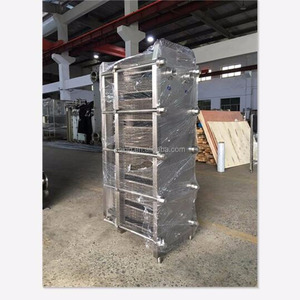



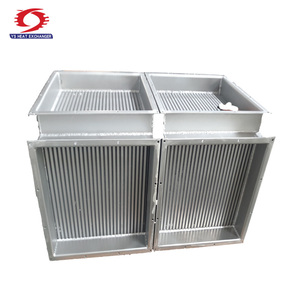



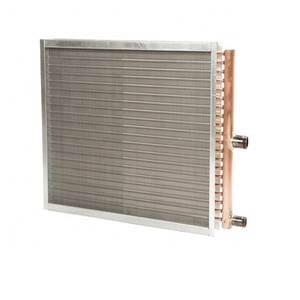
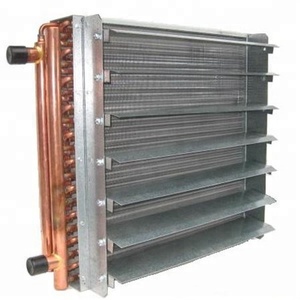
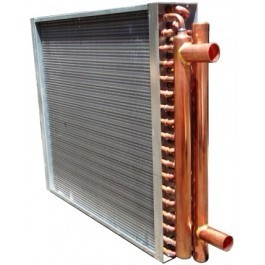
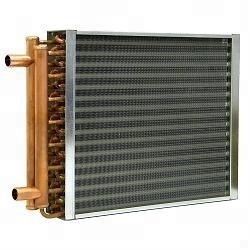











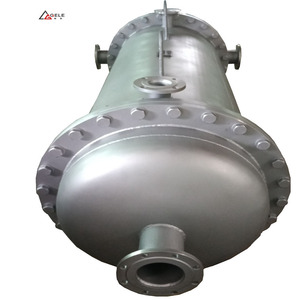








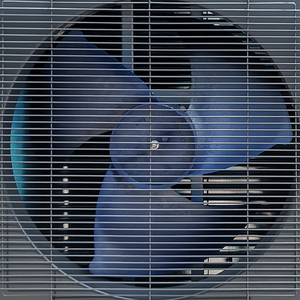
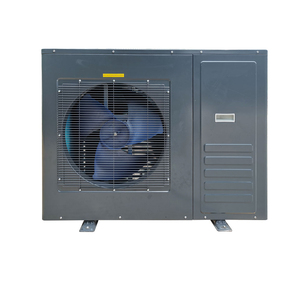


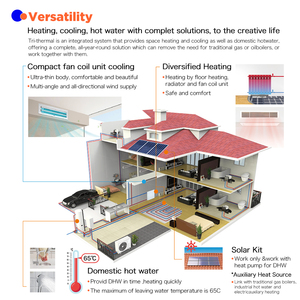
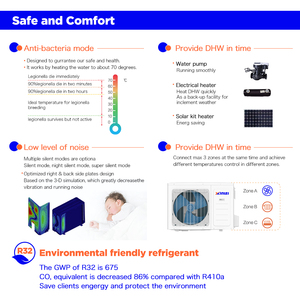
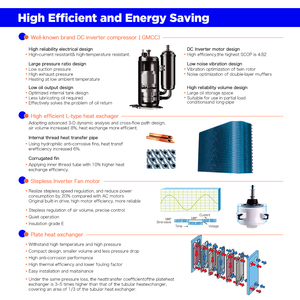
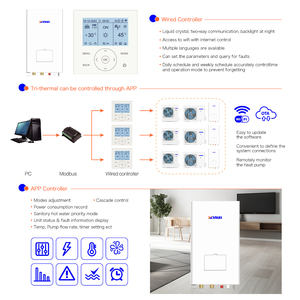





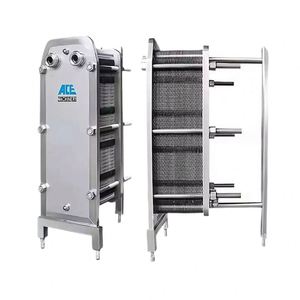

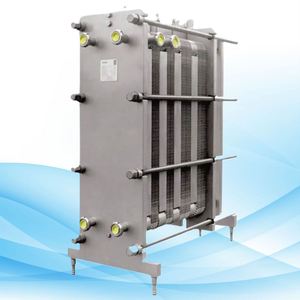




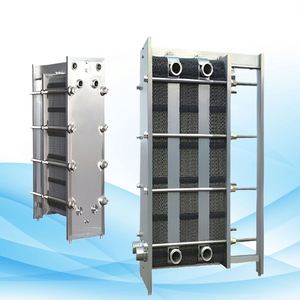




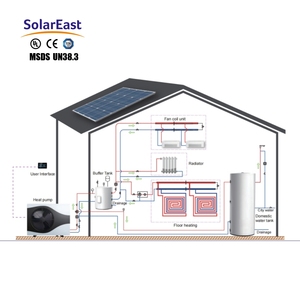

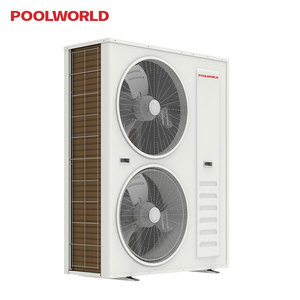



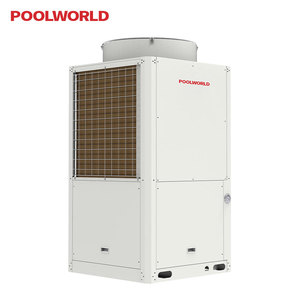




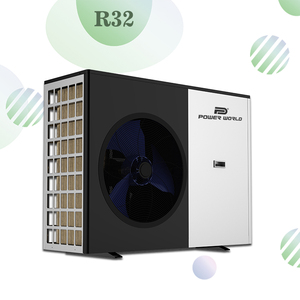












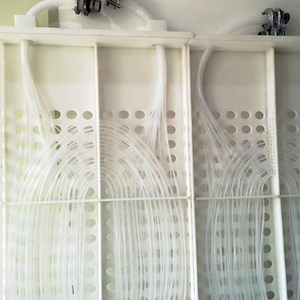











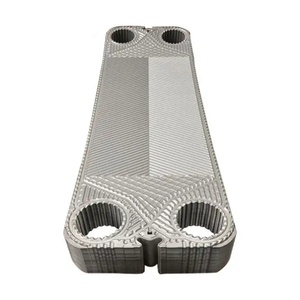
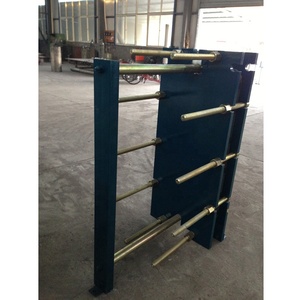
 Ready to Ship
Ready to Ship



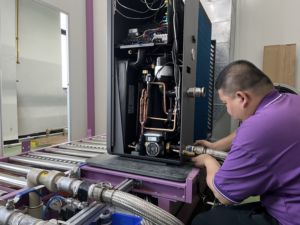

Heat exchangers are vital in transferring heat between two or more fluids. 10 kW heat exchangers are available in several types, each suitable for particular applications based on efficiency, space constraints, and fluid compatibility.
This type consists of two concentric pipes, one for each fluid. It is one of the simplest and most affordable heat exchangers. Simple construction allows easy fabrication and maintenance. Also, it is suitable for small-scale applications.
These consist of numerous tubes arranged within a larger shell. One fluid flows through the tubes, and the other through the space between the tubes, promoting effective heat transfer. They are commonly used in industrial applications due to their durability and versatility.
This model comprises numerous plates stacked to form channels for the fluids. The plates increase heat transfer surface area, enhancing efficiency. The compact design is ideal for spaces with limited room. Moreover, this type can easily be modified to accommodate different heat transfer requirements.
These use air to dissipate heat from a fluid. A fan blows air over fins or tubing to enhance heat dissipation. This type is suitable where water sources are limited, such as in remote areas or on offshore oil rigs.
These are a variation of air-cooled heat exchangers, incorporating fins on the tubes to increase the surface area for better heat transfer. Fans may or may not be used to enhance air circulation.
These are designed with two spiral channels, allowing the fluids to flow countercurrent to each other. This continuous flow increases efficiency, especially for viscous or other non-uniform fluids.
10 kW heat exchangers are vital components in various industrial applications, and understanding their features helps in making informed decisions regarding their selection.
This is the ability to transfer heat from one fluid to another with minimal energy loss. The design increases the surface area for heat transfer, allowing for improved contact between the fluids. The counterflow configuration, where the fluids move in opposite directions, creates a temperature gradient that enhances heat transfer. This maintains a more effective temperature difference between the incoming and outgoing fluids.
The compact size makes it suitable for applications with limited space, such as onboard ships or in small factories. Despite the small size, the design ensures optimal heat transfer by maximizing surface contact between the fluids. A lighter heat exchanger is easier to install in confined spaces and reduces the structural support required.
These materials are selected to withstand harsh operating conditions. Common materials include stainless steel, titanium, and special alloys. These materials resist corrosion caused by chemicals, seawater, or high-temperature fluids. This ensures longevity and reduces maintenance costs. The heat exchanger is crucial in industries like chemical processing and marine applications, where exposure to corrosive environments is frequent.
The durability of 10 kW heat exchangers is vital, especially for continuous industrial operations. Design and material selection are done to withstand high pressures and temperatures. Regular maintenance is necessary to prevent fouling and scaling, which can decrease efficiency. Many models have easy access points for cleaning or replacing worn parts without complete system shutdown.
Choosing the right heat exchanger for 10 kW applications involves several considerations. One must analyze the heat transfer needs to determine the required capacity based on the temperature differences between the incoming and outgoing fluids.
The chosen materials must be compatible with the fluids used. Corrosion-resistant materials like stainless steel or titanium are ideal for corrosive chemicals. Uncooled fluid temperatures and pressures that exceed the heat exchanger's ratings can cause structural failure. Therefore, ensure the chosen model can withstand the system's operational limits. This will avoid breakdowns and ensure safety.
The design should optimize space and energy usage. Compact models are ideal in areas with limited space. On the other hand, energy-efficient designs like plate or fin-tube heat exchangers increase contact surfaces, enhancing heat transfer without raising energy costs.
Albeit financial constraints should be considered, the long-term operational savings from lower energy and maintenance costs can outweigh the initial investment. Lastly, consider future needs since the industry may change. Scalable or modular heat exchangers that can adapt to increasing loads without complete replacement are suitable in such scenarios.
The heat exchangers are used in chemical processing to control temperatures in reactions and maintain optimal conditions for chemical reactions. The exchangers help recycle heat in power plants to improve efficiency by using the heat from exhaust gases or steam to preheat incoming fluids.
In food and beverage processing, the heat exchanger pasteurizes beverages by applying heat to kill bacteria, extending shelf life. They are also used to recover waste heat in industries like manufacturing. It increases overall efficiency by capturing and reusing the heat generated during production.
Though not a primary use, 10 kW heat exchangers serve as radiators in electric vehicle batteries. They help control the temperature of battery packs, ensuring they operate within safe limits for optimal performance and longevity. In marine engines, heat exchangers manage the temperature of engine coolant by transferring heat from the coolant to another fluid, often seawater, to prevent overheating.
In HVAC systems, heat exchangers are used in air handling units to condition incoming air by transferring heat between the indoor and outdoor air streams. In pharmaceutical manufacturing, they stabilize temperatures during drug synthesis and other processes, ensuring consistent product quality by maintaining precise temperature control during chemical reactions.
A1. They are frequently used in small industrial processes, laboratories, and HVAC systems. They are also used to manage temperatures in chemical reactions, making them vital in chemical processing industries. The aerospace industry also employs them to ensure efficient thermal management of equipment and to help maintain optimal operating temperatures in satellite systems while being lightweight and compact for space constraints.
A2. Conduct regular cleaning to remove scale and fouling and use fluids with the appropriate velocity and flow rate to avoid stagnation or excessive wear. Conduct regular inspections to identify and replace worn components and use the appropriate corrosion inhibitors to protect the materials while preventing corrosion without affecting heat transfer.
A3. Yes, specifically air-cooled heat exchangers and fin fan heat exchangers are suitable for outdoor use since they rely on ambient air for cooling. They are commonly used in remote areas and outdoor installations like oil and gas facilities, power plants, and mining operations where water sources are not available. These heat exchangers are designed to withstand environmental elements and be rust-resistant to ensure long-term reliability in outdoor applications and harsh environments.
A4. Yes, regular maintenance is needed to ensure their optimal function. The type and frequency of maintenance depend on the nature of the application, operating conditions, and design. For example, plate and frame heat exchangers should be frequently inspected and cleaned to avoid fouling since they have a high tendency for fouling due to their close spacing between plates. Shell and tube heat exchangers, which are less susceptible to fouling, may require less frequent cleaning, but the condition of tube bundles, gaskets, and end assemblies, which are the other parts of the shell and tube heat exchangers, should also be inspected from time to time.
A5. Corrosion-resistant materials like stainless steel, titanium, and special alloys extend the lifespan since they withstand the chemical and physical wear that results from the harsh environment in which the heat exchanger is operating. Chemical and electrochemical corrosion weakns the structure, eventually leading to failure. Since these materials resist corrosion, the structural integrity is maintained. Therefore, less frequent replacements are required, resulting in cost savings and improved reliability.